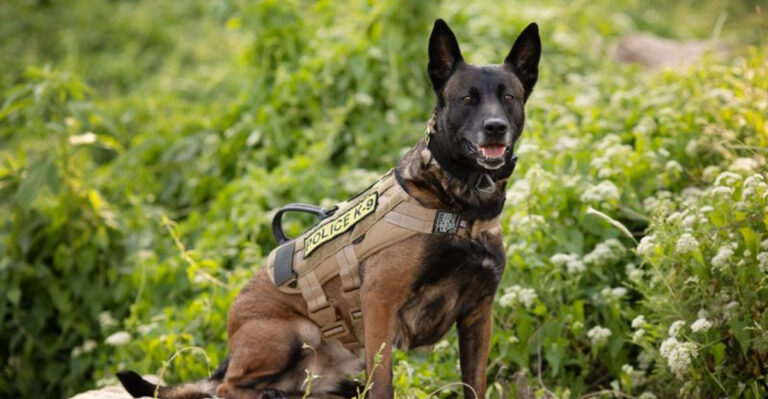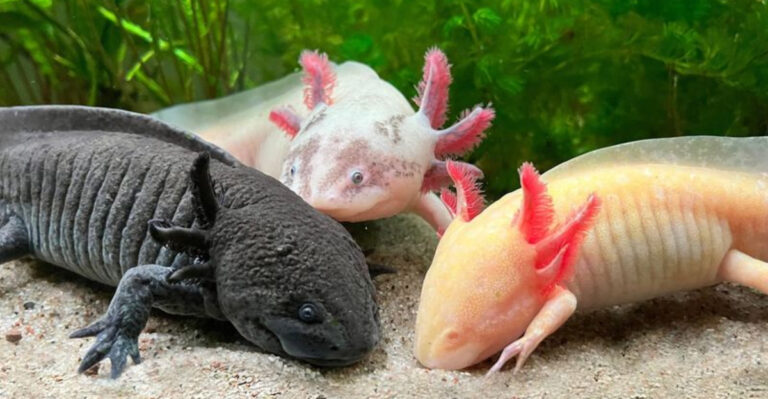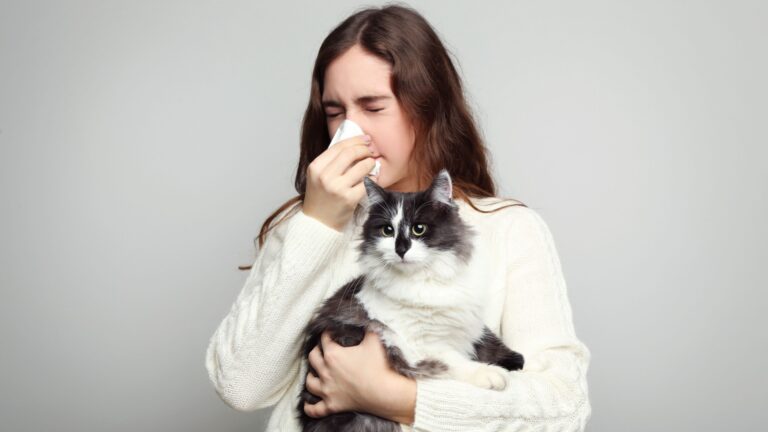Why Do Dogs Eat Grass? 7 Common Reasons And How To Curb The Habit

Ever caught your furry friend munching on your lawn like it’s an all-you-can-eat buffet? This peculiar behavior leaves many pet parents scratching their heads.
Dogs eating grass isn’t just a random quirk – it can signal everything from tummy troubles to plain old boredom.
Understanding why your pooch turns into a lawn mower can help you address potential health concerns and modify this sometimes messy habit.
1. Natural Instinct Kicking In

Your pup’s ancestors were omnivores who regularly consumed plant material in the wild. This ancestral programming still runs deep in your domesticated dog’s DNA, making grass-eating a perfectly natural behavior that’s been observed for thousands of years.
Wolves and wild dogs often consume the stomach contents of their herbivore prey, which contains partially digested plant matter. Your backyard grazer might simply be following ancient dietary patterns hardwired into their system.
This natural foraging behavior explains why even well-fed dogs with balanced diets still sometimes feel the urge to nibble on your perfectly manicured lawn.
2. Tummy Troubles Need Relief

When your dog’s stomach feels upset, grass becomes nature’s remedy. The texture of grass blades can tickle the throat and stomach lining, triggering the vomiting reflex – a quick fix for dogs feeling nauseous or having something troublesome in their digestive tract.
Notice your pup frantically gulping down grass then promptly throwing up afterward? That’s not coincidence but a deliberate self-medication technique. Dogs instinctively know that grass can help them purge whatever’s causing discomfort.
Some veterinarians believe this behavior demonstrates remarkable self-awareness in our canine companions about their own bodily needs.
3. Nutritional Gaps In Their Diet

Your four-legged friend might be telling you something important about their meals. Grass contains fiber, phytonutrients, and essential minerals that could be missing from commercial dog food. When dogs crave these nutrients, they often turn to grass as a natural supplement.
Fiber plays a crucial role in digestive health, helping food move smoothly through the intestinal tract. If your pup’s diet lacks sufficient roughage, they might instinctively seek it from your lawn.
Consider discussing your dog’s diet with your vet if grass-eating becomes excessive. They might recommend adjustments to ensure all nutritional bases are covered.
4. Boredom Leads To Lawn Munching

Just like humans who mindlessly snack when they’re bored, dogs sometimes turn to grass as entertainment. When mental stimulation is lacking, your canine companion might resort to grass-eating simply because it gives them something to do.
Dogs with excess energy and no outlet for it often develop unusual habits. The texture and taste of grass provide sensory stimulation that breaks up the monotony of a long, uneventful day spent in the backyard.
If you notice increased grass consumption during periods of inactivity, your pup might be sending a clear message: “I’m bored out of my mind here!”
5. Anxiety Creates Odd Behaviors
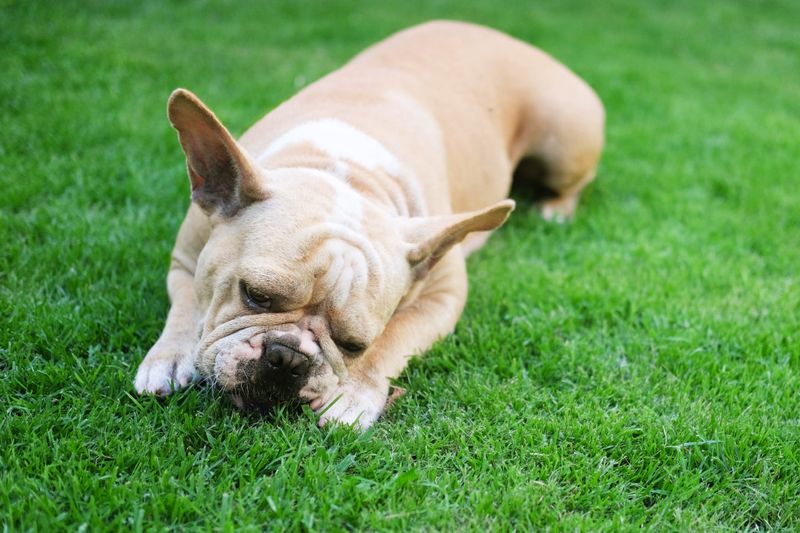
Stress can drive your dog to seek comfort in unusual ways – including munching on your lawn. Grass-eating sometimes functions as a self-soothing mechanism when dogs feel anxious, similar to how some people bite their nails when nervous.
Environmental changes like moving homes, introducing new family members, or altering routines can trigger anxiety-related grass consumption. The repetitive action of selecting and chewing grass blades provides a calming effect during stressful situations.
Pay attention to when your dog eats grass most frequently. If it coincides with thunderstorms, visitors arriving, or your departures, anxiety might be the culprit behind the botanical buffet.
6. Attention-Seeking Lawn Snacking
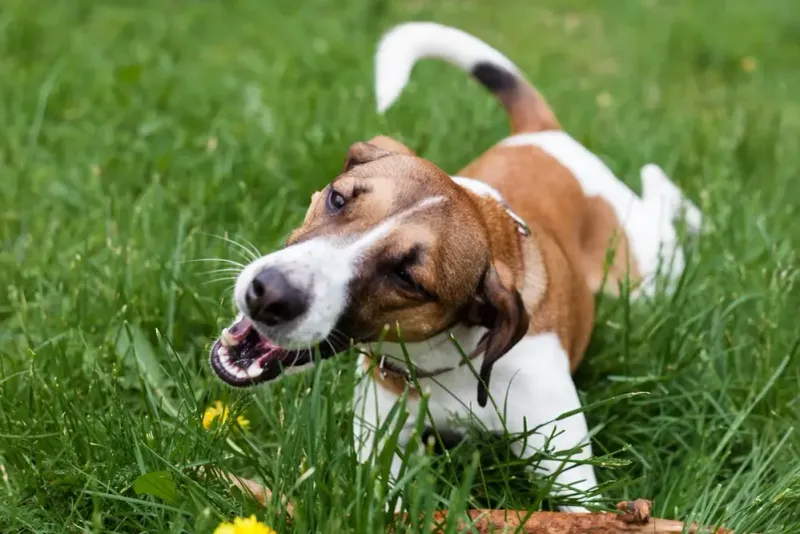
Sometimes your clever canine has figured out that eating grass gets your attention – fast! Dogs quickly learn which behaviors make their humans react, and if you’ve previously shown concern when they munch on greenery, they might repeat the behavior specifically to engage with you.
Your reaction – whether it’s rushing over, verbally correcting them, or physically removing them from the grass – provides the interaction they’re craving. Even negative attention is still attention in your dog’s mind.
This behavior often develops in dogs that don’t receive enough meaningful interaction throughout their day and have discovered that grass-eating is a reliable way to get noticed.
7. Tasty Grass Is Simply Delicious
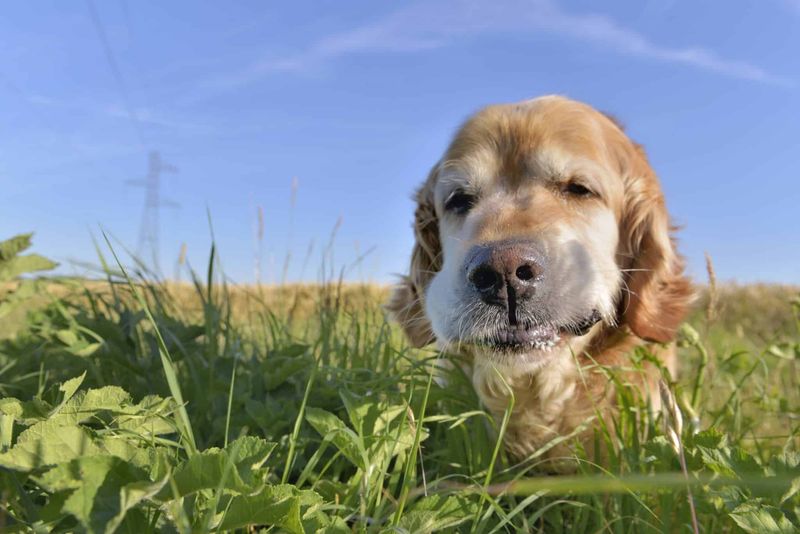
Sometimes the simplest explanation is correct – your dog might just enjoy the taste! Fresh spring grass has a sweet flavor that many dogs find appealing, especially the tender new shoots that emerge after rain.
Different grass varieties have distinct flavors and textures. You might notice your pup selectively choosing certain types of grass while ignoring others, suggesting they have specific taste preferences just like humans do with foods.
Morning dew can also enhance the appeal by adding moisture and bringing out subtle flavors. Your dog’s preference for dewy morning grass over dry afternoon blades isn’t random – they’re making culinary choices based on what tastes best to them!
8. Choose Pet-Safe Grass Alternatives
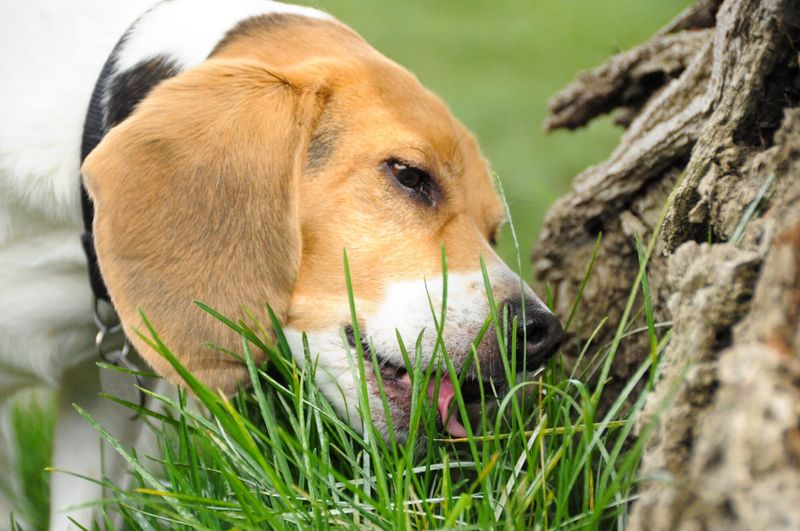
Create a dog-friendly garden space with safe grass alternatives that satisfy your pup’s grazing instinct without the drawbacks. Wheatgrass and barley grass are nutritious options that many dogs love – you can grow these in small containers indoors for controlled access.
Pet stores sell ready-to-grow kits specifically designed for dogs who enjoy greenery. These specialized grasses are grown without pesticides or fertilizers that might harm your four-legged friend.
Having a designated grazing spot gives your dog permission to follow their natural instincts while keeping them away from your prized lawn or potentially treated outdoor grasses that could contain harmful chemicals.
9. Increase Exercise And Mental Stimulation
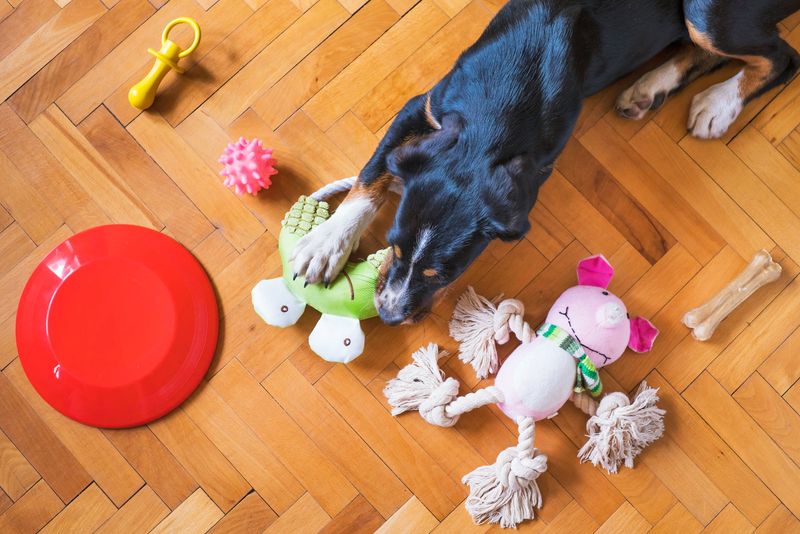
A tired dog is less likely to engage in boredom behaviors like excessive grass-eating. Boost your daily walk routine with an extra 15 minutes or introduce more vigorous play sessions to burn off excess energy that might otherwise be channeled into lawn munching.
Mental exercise is equally important. Puzzle toys, snuffle mats, and training games challenge your dog’s brain and provide the stimulation they crave. Try hiding treats around your home or teaching new tricks to keep their mind engaged.
Rotating toys regularly prevents boredom, as dogs quickly lose interest in the same items. Fresh challenges keep their attention focused on appropriate activities rather than your lawn.
10. Improve Your Dog’s Diet Quality

Upgrading your dog’s nutrition might eliminate their grass cravings altogether. High-quality dog foods with real meat as the first ingredient typically provide better overall nutrition than budget options filled with fillers and by-products.
Consider adding dog-safe vegetables to their regular meals. Steamed carrots, green beans, or pumpkin provide fiber and nutrients that might satisfy the same needs your dog is trying to meet through grass. Always introduce new foods gradually to avoid digestive upset.
Some pet parents find that adding a veterinarian-approved probiotic helps regulate digestive health and reduces grass-eating behavior. These supplements support gut flora balance, potentially addressing an underlying cause of the habit.
11. Establish A Consistent Routine

Dogs thrive on predictability, and anxiety-related grass-eating often decreases when they know exactly what to expect each day. Create a consistent schedule for meals, walks, playtime, and training sessions to provide security and reduce stress.
Regular mealtimes help regulate digestion and prevent the empty-stomach discomfort that might drive some dogs to eat grass. Feed your pup at the same times daily, and try to maintain this schedule even on weekends.
Predictable exercise sessions are equally important for both physical and mental health. Morning and evening walks at consistent times help your dog feel secure while providing appropriate outlets for energy.
12. Train Alternative Behaviors

Redirect your grass-munching pup toward more appropriate activities using positive reinforcement training. When you catch your dog eyeing the lawn hungrily, immediately offer an engaging alternative like a chew toy or initiate a quick training session.
The “leave it” command becomes invaluable for grass-eaters. Practice this command with treats first, then gradually apply it to grass situations. Reward compliance generously to make the alternative more rewarding than the forbidden greenery.
Clicker training can be particularly effective for this purpose. The precise timing helps your dog connect their choice to avoid grass with the reward, strengthening the desired behavior while weakening the grass-eating habit.
13. Consult Your Veterinarian

When grass-eating becomes excessive or is accompanied by other symptoms like vomiting, diarrhea, or decreased appetite, it’s time for professional advice. Your veterinarian can rule out medical conditions like gastrointestinal issues, parasites, or inflammatory bowel disease that might be driving the behavior.
Bring along a detailed record of your dog’s grass-eating habits to your appointment. Note frequency, duration, and any patterns you’ve observed – such as eating more grass after certain foods or during specific times.
Blood work and fecal testing might be recommended to check for nutritional deficiencies or digestive problems. Sometimes what seems like a behavioral quirk is actually your dog’s way of self-medicating an underlying health issue.



